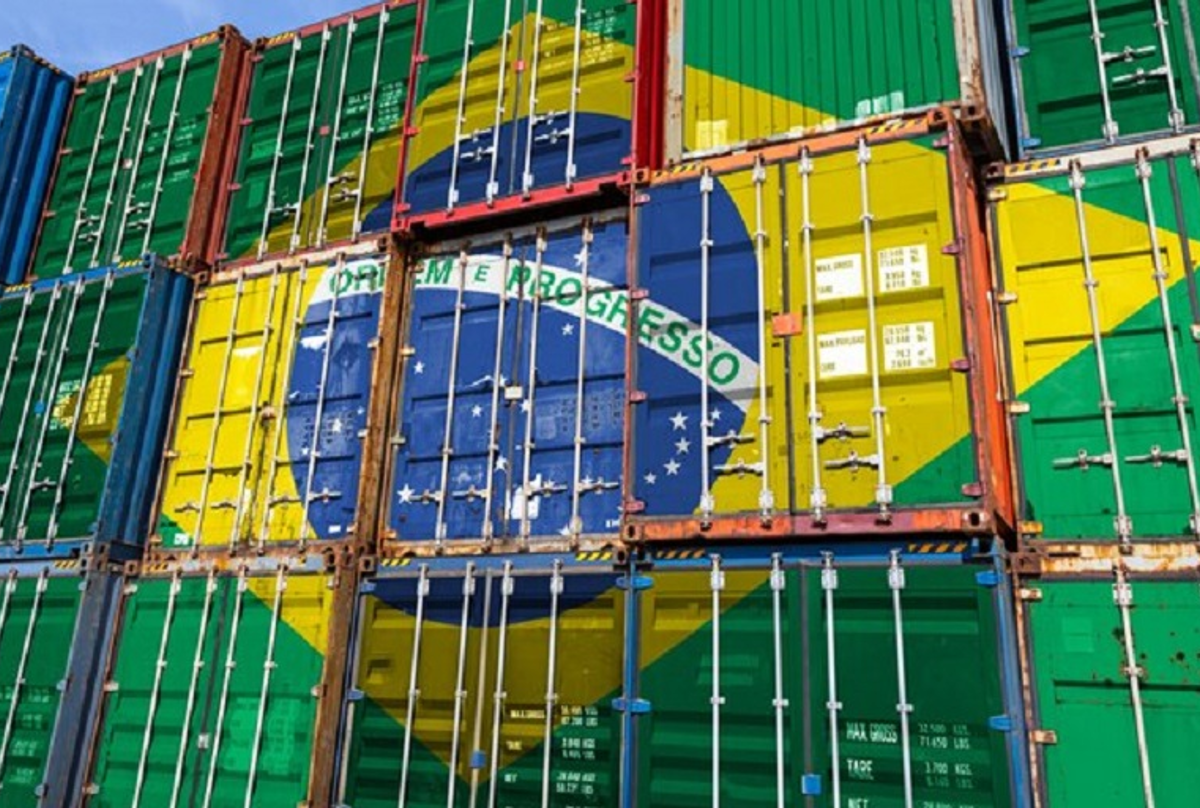Prices

June 10, 2022
CRU: Aluminum Fundamentals Update - Supply Deficits Shrinking
Written by Greg Wittbecker
By Greg Wittbecker, Advisor, CRU Group
Global Deficit Reduced Again
The headline on aluminum fundamentals is that the deficit is shrinking again. We now believe that the global deficit will be about 700,000 metric tons compared to 1,000,000 metric tons in April. This deficit is exclusively held in the World ex-China, as we believe China is balanced.
This 30% reduction in the deficit is a combination of lower demand and higher production.
China Primary Production Prospects Much Better, World Ex-China Stable
![]() Concerns about power availability have dissipated in southern China, with Yunnan and Guangxi smelters getting their full allocations again. This has facilitated the restart of existing capacity and some delayed greenfield smelters finally being able to crank up. We now see China’s output for 2022 rising 3.5% year-on-year (YoY) to about 40 million metric tons. This uplift in output has moved China to a balanced overall position.
Concerns about power availability have dissipated in southern China, with Yunnan and Guangxi smelters getting their full allocations again. This has facilitated the restart of existing capacity and some delayed greenfield smelters finally being able to crank up. We now see China’s output for 2022 rising 3.5% year-on-year (YoY) to about 40 million metric tons. This uplift in output has moved China to a balanced overall position.
The story in 2021 was about power-induced curtailments in the south due to coal shortages during the hot summer. Coal supplies are in much better shape in 2022 and we do not see a repeat performance, so primary supply should be very stable.
Outside China, the big variables on supply remain:
• Can remaining European smelters survive the high spot energy prices, or will we see further attrition?
• Has Russia been able to find sufficient alumina to replace what they lost from their closed Ukrainian assets and the Australian embargo on exports to them from their Queensland equity stake?
In Europe, smelters are clinging to life with no further curtailments. We might see a modest restart in France, where nuclear power is in play. Russia appear to have secured enough alumina from China in the short run to sustain production. Expectations about wholesale curtailments in Russia of up to 1 million metric tons now look to be premature. We are tempering our estimates of enforced curtailments for the time being. Russian production decisions later in the year and entering 2023 will be more influenced by Russia’s ability to sell their production overseas than their ability to produce it.
The big question mark skewing global balances remains on the demand side, both in China and the World ex-China
Demand Growth Eases in China and Goes Negative in Europe
China’s zero-tolerance policy on Covid continues to sap the vitality of its economy. The auto sector is being clobbered, with April production down 46% year on year. Property markets are also struggling as buyers in Tier 1 cities cannot even get out to look at properties for sale! We have dialled back our consumption from 0.4% to 0.3%, or about 40,000 metric tons. While the absolute numbers may seem like “rounding errors” in a 42-million-ton market, the psychology is not good for the market. Economists’ median growth forecasts for China are down to 4.5%.
Beijing is already beginning to loosen up credit markets, considering raising export rebates for aluminum semi-fabricated products, and turning to its tried-and-true weapon – infrastructure spending – to meet its 5.5% GDP growth target.
In the World ex-China, recession fears are concentrated in Europe, where the effect of the war in Ukraine on energy prices is really sinking economic prospects.
CRU has downgraded its overall opinion of World ex-China 2022 growth to 2.4% from previous 2.7% guidance. While the US continues to produce stellar growth at 5%, we see European demand falling 3% YoY. Russian demand will collapse, falling 22%.
Here is the context for these demand changes: US growth will be up 235,000 metric tons to 5.29 million metric tons. European demand falls about 210,000 metric tons, leaving it at 7 million metric tons of demand. Russian demand takes a big hit, falling 179,000 metric tons to just 788,000 metric tons.
That drop in Russian demand only raises the tension over if, when, and how Russia exports its surplus, which will approach 3.4 million metric tons in 2022.
Global Inventories at 48 Days of Implied Consumption Are Misleading
CRU estimates that global stocks are at 9.2 million metric tons ending May, with China holding 3.7 million metric tons and the World ex-China 5.5 million metric tons. The aggregate implied days of consumption is 48.1.
Whenever inventories begin to approach 45 days of implied consumption, it is usually a recipe for higher prices on the LME. However, this total needs to be dissected carefully for its importance to future price discovery.
This total is skewed by China’s large consumption and low stock. China’s stocks represent 33.4 days, while the World ex-China stocks are 68 days of implied consumption.
LME prices are not likely to respond higher again until the World ex-China inventories move much closer to that magic 45-day number. CRU’s estimate of a 700,000 metric tons deficit for 2022 equals 8.7 days. Assuming no change in production run rates for the balance of this year, the market should naturally draw stocks down from that 68-day level to 59.3 days. We will need a deficit in 2023 of about 1.1 million metric tons to reach the 45-days mark that triggers concern about scarcity.
Inventories Outside China Respond to Different Price Signals
One further caveat about World ex-China stocks is who holds these stocks and what type of price signal they respond to as a condition of selling them.
The 5.5 million metric tons of World ex-China is comprised of 2.1 million metric tons of report stocks. These are stocks held in the LME, CME, by producers, and in Japan as “reported” stocks where the market has visibility about them. Those stocks are sensitive to the absolute price bid by the market to acquire them. The other 3.4 million metric tons of stock are “unreported” and are held by financial intermediaries outside scrutiny of the market. These stocks are typically hedged by their owners with forward LME hedges. In other words, they are held as a relative value trade equals long physical and short LME equals premium or physical differential LONG to LME. Therefore, to induce the owners to part with them, the physical market must bid at a higher premium to LME.
For more information about this topic, contact the author at gregory.wittbecker@crugroup.com
Learn more about CRU’s services at www.crugroup.com.






